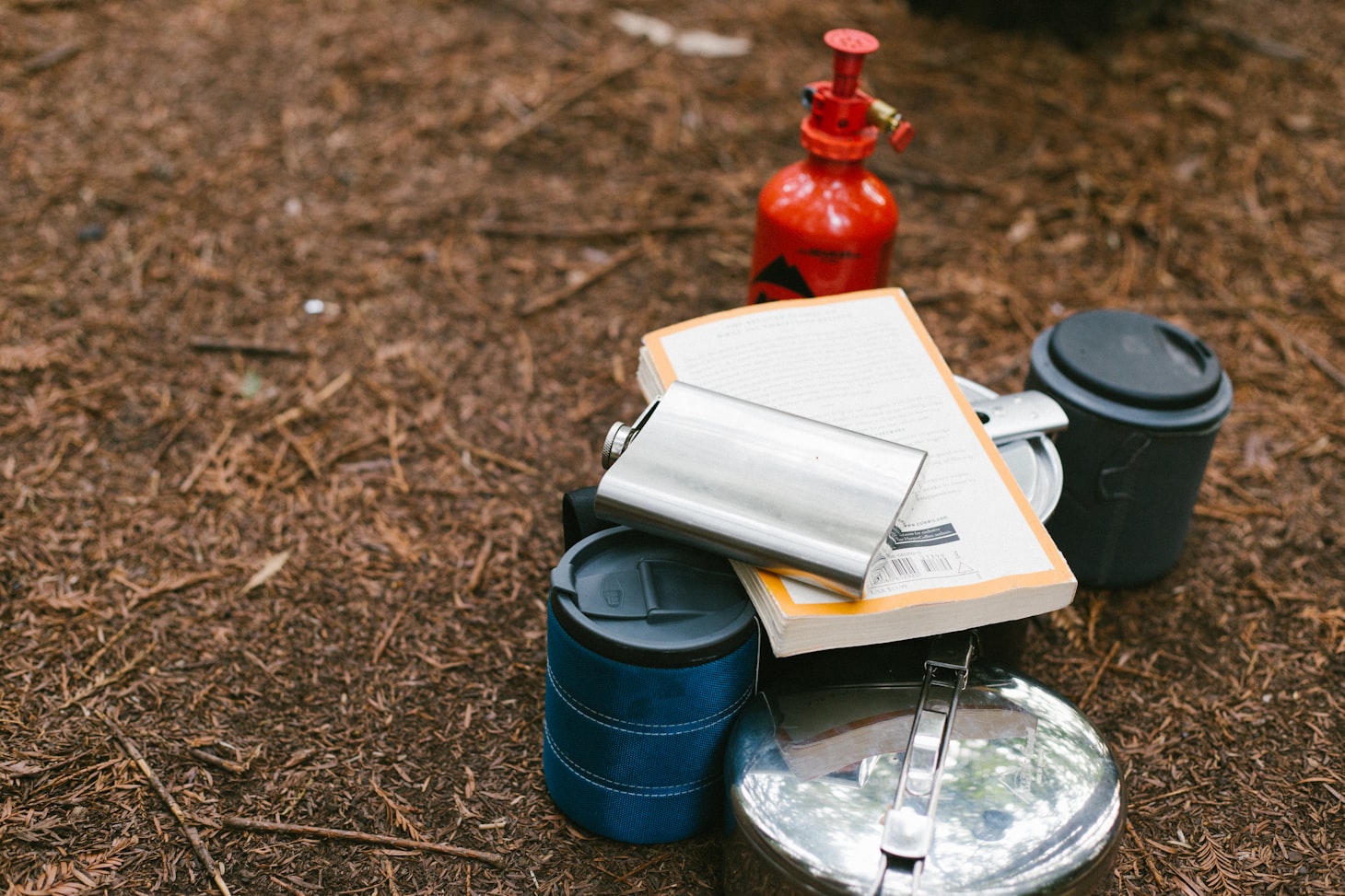🗞 #1: What's New: 4 Tips for Fitness Studios Going Digital
I wrote about how fitness studios in general can adjust to the digital landscape in 2020.

Table of Contents
Hey Hey readers,
Happy Sunday, here's what happened this week in fitness.
The New York Times covered the challenges many yoga studios are facing amid banned indoor studios and likely guidelines for reopening. I wrote about how fitness studios in general can adjust to the digital landscape in 2020.
Keys for Studios Going Digital
- Focus on follower/audience growth
- Create prerecorded follow-along classes, like Sky Ting TV or Barry's At-Home, and post on YouTube
- Consider subscriptions or ads for monetization, not one-time bookings or class-packs
- Differentiated classes are more important than a pristine video production
Yogis and Trainers: Move to Subscription.
A successful subscription or ad-based model is ultimately a function of a decent audience/follower count. Do not be mistaken, a decent following does not have to be 100k, particularly for those focused on subscriptions.
Why Subscriptions?
Take @camnorsworthy, for example. With under 10k followers, Cam has amassed a decent paid-subscriber base in just six months (start of COVID-19 closures in March). When she began, Cam had around 50 paid subscribers in just three months since starting. Her video channel, Cam On-Demand, charges $40/month, and is hosted easily on Vimeo. And while the platform takes a revenue cut of 10%, similar to Patreon, Substack or Blok.Fit, 10% is somewhat fair compared to how much big-box gyms and studios have taken, in ranges north of 70%.
Why Differentiate
I understand that cash-strapped studios may feel dissuaded from filming their own workout content. After all, companies like Peloton and Alo Yoga already make great high-production videos and charge below $20 a month. But the key strategy in stacking up against Peloton or Apple Fitness+, is to not try and stack up alongside them at all.
Studios must differentiate. Take Brrrn, which is a studio that centers its strength and core training around a slide board. Brrrn did not create the slide board; it was originally popular in the sports performance community, intuitively for hockey, and originally for skating,
The Instructor > The Brand
Finally, do not estimate the power on influence from instructors themselves. We can take a lesson from how Barry's and Peloton build fandom and buzz of their instructors.
Members come to a specific instructor that connects with them, whether it's music choice, positivity vibes, or physical appearance. Similarly, I believe indie boutique studios that struggle right now can build a similar fandom relationship with its core fans. Even when Peloton's film studio emptied out due of COVID-19, members still stuck around for their favorite instructors.
Takeaway: be whacky, be unique, be yourself and default to a video format over a photo or inspiration quote post. Because a person speaking to a camera is the closest substitute to a face-to-face conversation— a privilege that's still prohibited from everyone in late 2020.
SEO: Trending Keywords & Opportunities
"soap notes"
- 13k monthly searches on Google
For physical therapists and clinicians, a helpful blog post might be one that shares several well-made SOAP note templates, and the use cases for each of them. Perhaps share the original Excel or Word document so folks can update the colors or fonts.
"tendonitis foot"
- 8.1K monthly searches on Google

I might take "tendonitis foot" and write an in-depth article highlight the most common injuries than can lead to tendonitis in the foot, specifically for runners. Why? TCS NYC Marathon is coming up and it typically has around 50k runners every year (53,627 last year). Due to COVID-19, the actual race is canceled, but the event is still happening virtually. More on this next week— but there will likely be many new novice signups since no prior race participation is required.
In cased you missed it
Here are other articles I posted this week on Leftie Layup.


